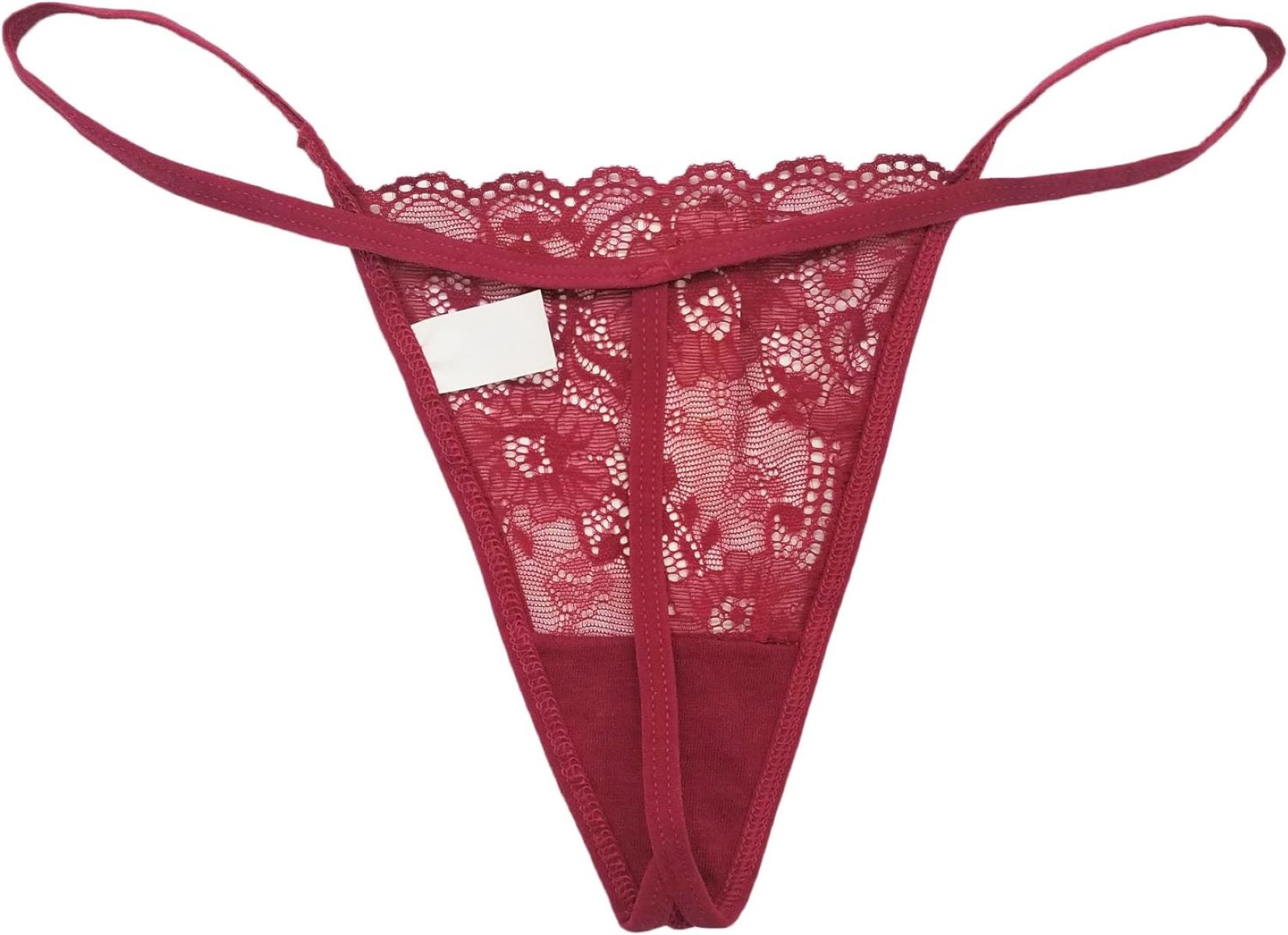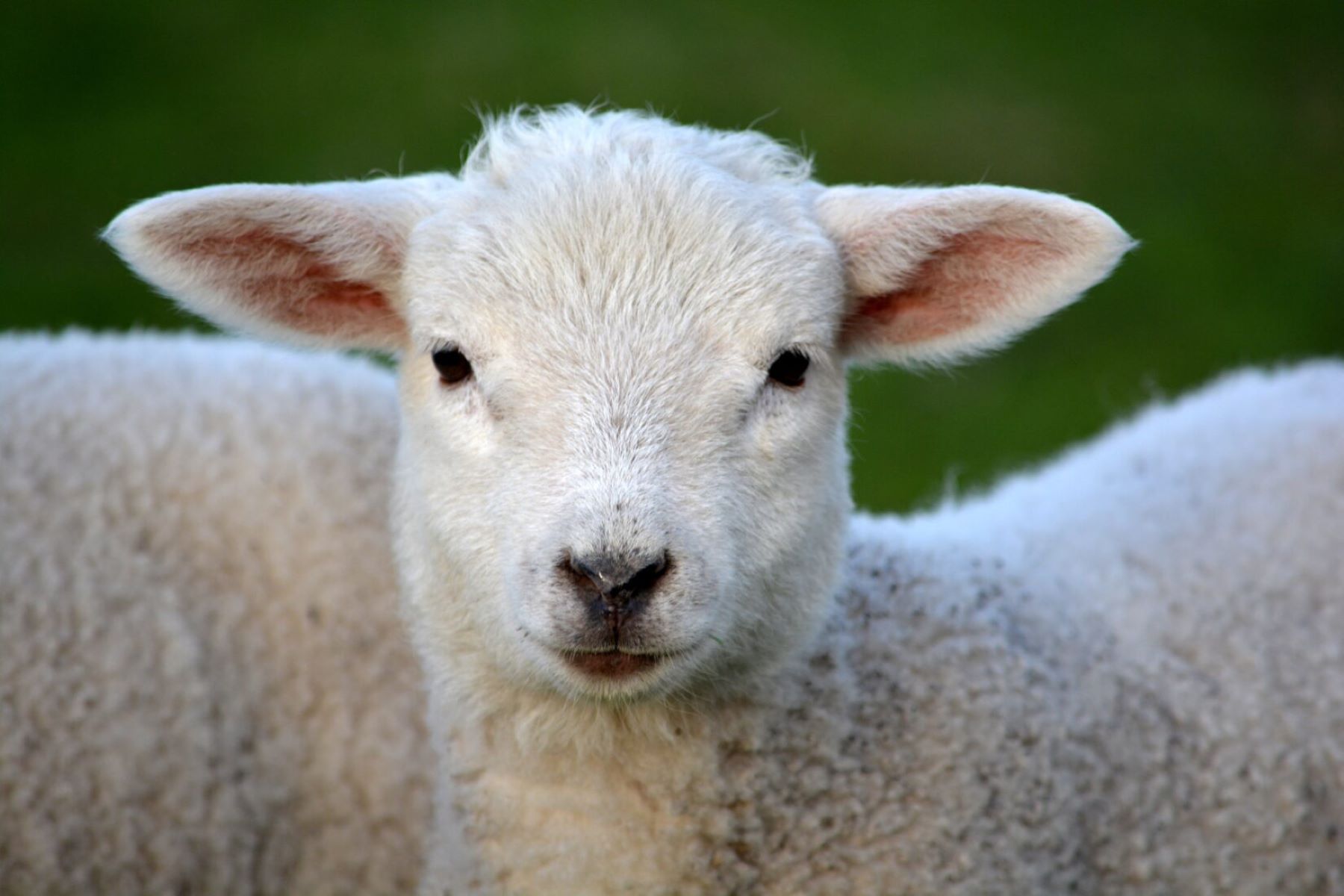Home>Lifestyle>The Surprising Reason Orthodox Jewish Women Wear Wigs Instead Of Showing Their Natural Hair


Lifestyle
The Surprising Reason Orthodox Jewish Women Wear Wigs Instead Of Showing Their Natural Hair
Published: February 13, 2024
Discover the cultural significance behind Orthodox Jewish women wearing wigs instead of showing their natural hair. Explore the lifestyle choice and tradition.
(Many of the links in this article redirect to a specific reviewed product. Your purchase of these products through affiliate links helps to generate commission for Regretless.com, at no extra cost. Learn more)
Table of Contents
Introduction
Orthodox Jewish women wearing wigs instead of showing their natural hair might seem peculiar to those unfamiliar with the tradition. This practice has sparked curiosity and intrigue, prompting questions about its origins, significance, and the reasons behind it. The custom of covering one's hair holds deep cultural, religious, and historical roots, shedding light on the complexities and beauty of Orthodox Jewish traditions.
The decision to wear wigs, known as sheitels, is not merely a matter of personal preference; rather, it is deeply intertwined with religious beliefs, cultural norms, and a profound sense of identity. Understanding the underlying reasons behind this practice requires delving into the historical, religious, and practical aspects that have shaped this tradition over centuries. As we embark on this exploration, we will unravel the multifaceted layers of significance associated with Orthodox Jewish women covering their natural hair with wigs, offering a glimpse into a rich tapestry of tradition and faith.
Historical Background
The practice of Orthodox Jewish women covering their natural hair with wigs dates back centuries, rooted in a rich historical tapestry that reflects the cultural and religious evolution of the Jewish community. This tradition finds its origins in ancient Jewish texts and customs, which have been meticulously preserved and passed down through generations.
In ancient times, the concept of modesty held immense significance in Jewish society. The Talmud, a central text of Rabbinic Judaism, discusses the importance of modesty and the requirement for married women to cover their hair. This directive was established to maintain the sanctity and privacy of married women, emphasizing the distinction between married and unmarried women within the community.
The custom of covering one's hair gained prominence as Jewish communities navigated through various periods of history, including the diaspora and dispersion across different regions. Throughout these tumultuous times, the practice of women covering their hair remained a steadfast symbol of tradition and faith, serving as a visible marker of Jewish identity and adherence to religious precepts.
Furthermore, historical contexts, such as interactions with diverse cultures and societies, influenced the evolution of this practice. As Jewish communities encountered different customs and societal norms, the tradition of hair covering persisted as a means of preserving cultural and religious identity amidst external influences.
The historical background of Orthodox Jewish women wearing wigs instead of showing their natural hair is a testament to the enduring legacy of Jewish traditions. It reflects a profound commitment to preserving ancient customs, upholding religious values, and safeguarding the sanctity of marriage within the community. This historical foundation serves as a cornerstone for understanding the significance and enduring relevance of this practice in contemporary Orthodox Jewish life.
Religious Significance
The religious significance of Orthodox Jewish women wearing wigs instead of showing their natural hair is deeply rooted in the tenets of Jewish law and tradition. Central to this practice is the concept of tzniut, or modesty, which holds profound importance within Orthodox Jewish belief systems. Tzniut encompasses various aspects of modest behavior and attire, emphasizing the value of humility, privacy, and dignity in personal conduct and appearance.
In the context of hair covering, the religious significance is intricately tied to the biblical and Talmudic principles that guide Orthodox Jewish life. The Torah, the central text of Judaism, provides guidelines for modesty and personal adornment, including the requirement for married women to cover their hair in public settings. This mandate is derived from interpretations of biblical verses and has been upheld as a fundamental aspect of Jewish marital observance.
The religious significance of hair covering extends beyond the realm of modesty; it symbolizes a woman's commitment to upholding the sanctity of marriage and family life. By concealing her natural hair in public, an Orthodox Jewish woman affirms her marital status and demonstrates her fidelity to her husband. This act of modesty is regarded as a form of spiritual devotion, reflecting a deep reverence for the institution of marriage and the values it represents within the Jewish faith.
Moreover, the tradition of wearing wigs aligns with the principle of hiddur mitzvah, the concept of beautifying and enhancing the observance of religious commandments. In choosing to adorn themselves with wigs that are modest yet elegant, Orthodox Jewish women embrace the ideal of elevating religious practices through aesthetic refinement. This reflects a harmonious integration of religious devotion and personal expression, underscoring the multifaceted nature of religious observance within the Orthodox Jewish community.
The religious significance of Orthodox Jewish women wearing wigs serves as a visible embodiment of deeply held spiritual convictions and cultural traditions. It underscores the enduring relevance of ancient religious precepts in contemporary Jewish life, fostering a sense of continuity and connection to the rich tapestry of Jewish heritage. This practice not only exemplifies the commitment to religious observance but also serves as a poignant expression of faith and identity within the Orthodox Jewish tradition.
Modesty and Privacy
The practice of Orthodox Jewish women wearing wigs instead of showing their natural hair is intricately linked to the principles of modesty and privacy that hold profound significance within the Jewish faith. Central to this practice is the concept of tzniut, which encompasses a broad spectrum of modest behaviors and attire, emphasizing the value of humility, privacy, and dignity in personal conduct and appearance.
Modesty, as exemplified through the custom of hair covering, serves as a tangible expression of a woman's commitment to upholding these principles in both her public and private life. By concealing her natural hair in public settings, an Orthodox Jewish woman adheres to the guidelines of tzniut, signaling her respect for traditional values and her desire to maintain a sense of privacy and dignity. This act of modesty extends beyond the physical realm, reflecting a deep-seated reverence for personal boundaries and a commitment to upholding spiritual ideals in everyday interactions.
Furthermore, the practice of hair covering is deeply intertwined with the concept of privacy within the context of marriage and family life. By wearing wigs in public, Orthodox Jewish women create a distinction between the intimacy of their natural hair and the public sphere, thereby safeguarding the sanctity of their personal lives. This delineation between the private and public domains underscores the significance of maintaining a sense of privacy within the context of marital relationships, reflecting a deep-seated commitment to preserving the sanctity of the family unit.
Moreover, the custom of hair covering embodies a sense of dignity and self-respect, emphasizing the intrinsic value of each individual within the community. By adhering to the principles of modesty and privacy, Orthodox Jewish women affirm their autonomy and agency, choosing to present themselves in a manner that reflects their deeply held values and beliefs.
In essence, the practice of Orthodox Jewish women wearing wigs as a manifestation of modesty and privacy serves as a powerful testament to the enduring relevance of these principles within the Jewish faith. It underscores a profound commitment to upholding traditional values, preserving personal dignity, and fostering an environment of respect and reverence within the community.
Practical Considerations
In addition to its religious and cultural significance, the practice of Orthodox Jewish women wearing wigs instead of showing their natural hair encompasses practical considerations that shape the daily lives of women within the community. These practical aspects play a crucial role in the selection, maintenance, and wearing of wigs, reflecting a blend of tradition and contemporary living.
The choice of wigs, known as sheitels, involves careful consideration of various factors, including quality, comfort, and adherence to religious guidelines. Orthodox Jewish women seek wigs that align with the standards of modesty and aesthetics prescribed by their religious traditions. This entails selecting wigs that are modest in style and appearance while also meeting personal preferences for comfort and durability. The process of choosing a sheitel involves meticulous attention to detail, as women strive to find wigs that reflect their individuality while adhering to the religious guidelines governing hair covering.
Furthermore, the maintenance of wigs requires diligent care and attention to ensure their longevity and quality. Orthodox Jewish women invest time and effort in preserving the condition of their wigs, employing specialized techniques for cleaning, styling, and storage. This meticulous approach to wig maintenance underscores the significance of these garments as not only religious symbols but also as integral components of daily life.
The practical considerations extend to the wearing of wigs in various social and professional settings. Orthodox Jewish women navigate the intricacies of integrating wigs into their daily routines, ensuring that these garments align with the expectations of modesty while allowing for versatility and comfort. This balancing act involves adapting to diverse environments while upholding the religious and cultural principles associated with hair covering.
Moreover, the practical aspects of wearing wigs intersect with modern lifestyle dynamics, presenting challenges and opportunities for Orthodox Jewish women. From exercising and engaging in physical activities to participating in professional endeavors, the adaptability of wigs becomes essential in accommodating diverse aspects of contemporary living while honoring religious traditions.
The interplay of practical considerations and religious adherence underscores the dynamic nature of Orthodox Jewish women's experiences with wearing wigs. It reflects a harmonious integration of tradition and modernity, where practicality converges with religious devotion to shape a distinctive aspect of Orthodox Jewish identity and daily life.
Conclusion
The practice of Orthodox Jewish women wearing wigs instead of showing their natural hair is a multifaceted tradition that intertwines religious, cultural, and practical considerations. Rooted in a rich historical legacy, this practice reflects the enduring commitment to preserving ancient customs and upholding the sanctity of marriage within the Orthodox Jewish community. From its historical origins to its contemporary relevance, the tradition of hair covering embodies profound religious significance, serving as a visible expression of faith, modesty, and devotion to tradition.
The religious significance of hair covering is deeply embedded in the principles of modesty and privacy, reflecting a commitment to upholding traditional values and fostering an environment of dignity and respect within the community. By concealing their natural hair in public, Orthodox Jewish women affirm their dedication to adhering to religious precepts while maintaining a sense of personal privacy and reverence for the sanctity of marriage. This act of modesty transcends the physical realm, resonating as a powerful testament to the enduring relevance of ancient religious principles in contemporary Jewish life.
Moreover, the practical considerations associated with selecting, maintaining, and wearing wigs underscore the dynamic interplay between tradition and modernity. Orthodox Jewish women navigate the complexities of integrating wigs into their daily lives, balancing religious guidelines with the demands of contemporary living. This harmonious integration reflects a deep-seated commitment to preserving cultural and religious identity while adapting to the realities of the modern world.
In essence, the tradition of Orthodox Jewish women wearing wigs stands as a poignant symbol of continuity, faith, and cultural resilience. It embodies the timeless values of modesty, privacy, and devotion to tradition, serving as a tangible expression of the enduring legacy of Jewish heritage. As this tradition continues to evolve within the context of contemporary life, it remains a testament to the enduring relevance of ancient customs and the unwavering commitment to upholding religious and cultural traditions within the Orthodox Jewish community.














